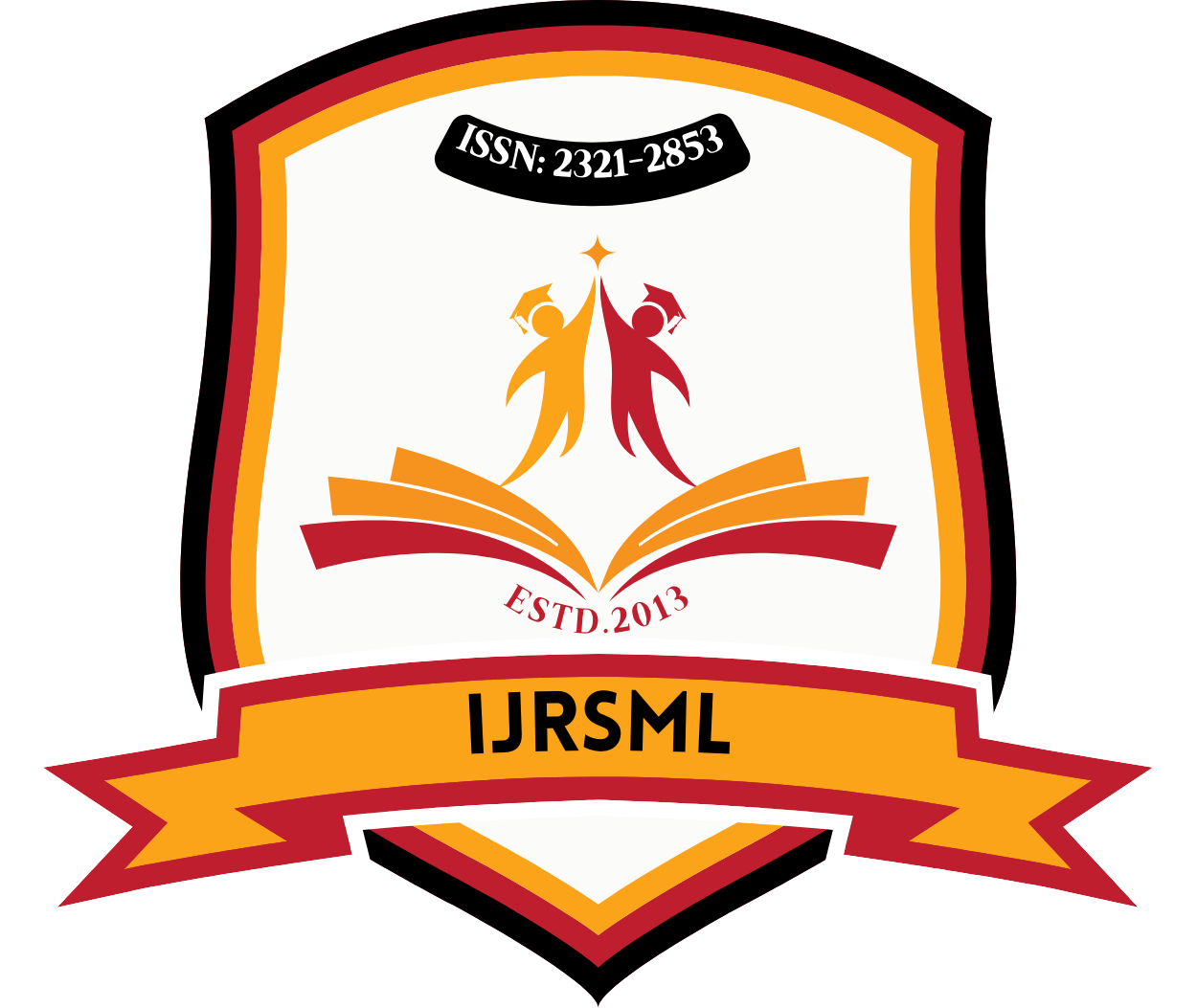![]()
Yash Baroda
Uttarakhand, India
Abstract
This paper investigates the central role that folklore and oral tradition have in the preservation of regional languages. Under pressure from globalization, which acts against linguistic diversity, local stories, myths, songs, and fables are living repositories of cultural identity and language structure. The paper discusses historical and contemporary cases, traces theoretical constructs of sociolinguistics, and employs a mixed-method approach involving qualitative analysis of literature and quantitative survey data.
Statistical analysis indicates high correlations between communities’ use of folklore and preservation of linguistic features of regional languages. Evidence indicates that participatory community practice through oral tradition can resist language attrition, promote cultural heritage, and strengthen regional identity. Policy solutions involve incorporating folklore into school education and digital databases to safeguard these cultural resources.
Keywords
Folklore, oral tradition, local languages, language conservation, cultural heritage
References
- Bascom, W. (1996). Folklore and cultural identity. University of Pennsylvania Press.
- Bayor, R., & Hyett, S. (2010). Indigenous languages and oral traditions in modern society. International Journal of Cultural Studies, 13(4), 355–372.
- Brown, R. M. (2004). Community narratives: Preserving folklore in a globalizing world. Cultural Anthropology, 19(2), 289–310.
- Dorson, R. M. (1973). Folklore scholarship: Its origins, evolution, and status. Oxford University Press.
- Dundes, A. (1965). The study of folklore. Prentice-Hall.
- Fishman, J. A. (1991). Reversing language shift: Theoretical and empirical foundations of assistance to threatened languages. Multilingual Matters.
- Foley, W. A. (2001). Linguistic diversity and language preservation in folklore. Journal of Folklore Studies, 38(2), 153–172.
- Gamkrelidze, T. (1996). The impact of oral narratives on language structure. Linguistic Studies, 12(1), 67–89.
- Hymes, D. (1974). Foundations in sociolinguistics: An ethnographic approach. University of Pennsylvania Press.
- Kroskrity, P. V. (2005). Indigenous language revitalization in a changing world. Language Documentation & Conservation, 3, 24–47.
- Ong, W. J. (1982). Orality and literacy: The technologizing of the word. Methuen.
- Sánchez, M. R., & Ortiz, F. (2012). Digital archiving and the future of oral traditions. Folklore and Technology, 18(2), 98–117.
- Valentine, D. (2011). Oral traditions in modern education: A case study. Education and Folklore, 4(1), 55–76.
- Vansina, J. (1985). Oral tradition: A study in historical methodology. University of Wisconsin Press.
- Villar, H. (2008). Oral traditions and language maintenance. Folklore, 119(3), 285–300.
- Abur, A. (2002). The cognitive dimensions of folklore and oral tradition. Cognitive Linguistics, 15(2), 211–230.aa
